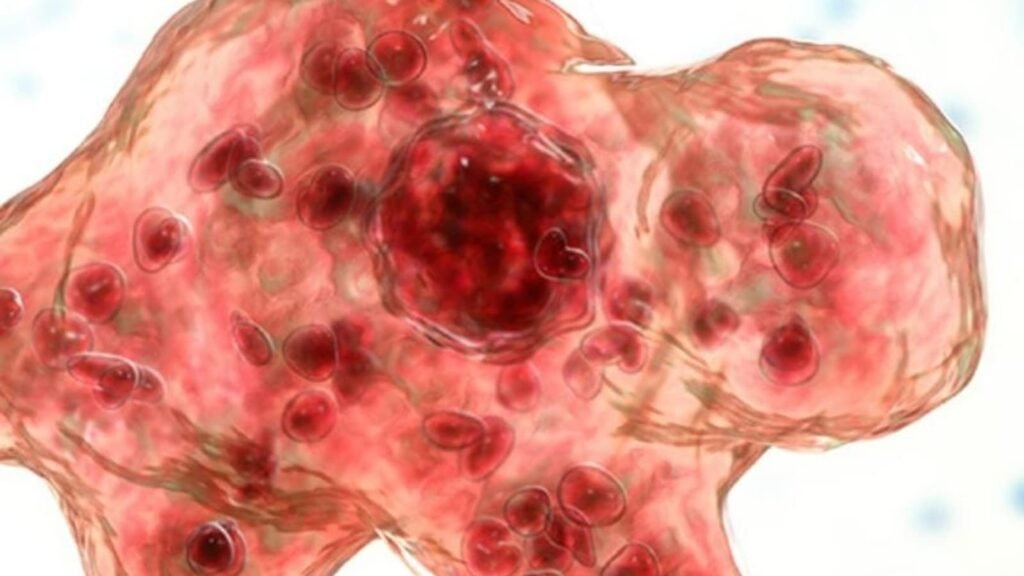A 14-year-old boy died in Kerala after contracting amebic meningoencephalitis on Wednesday night. This is the third death from the brain-eating amoeba in the state in the last two months, according to health officials. The boy, from Kozhikode in Kerala, had been admitted to hospital on June 24 after suffering from severe headache, nausea and vomiting. He is believed to have contracted the infection while bathing in a stream near his home.
Top Trends on Google
“Kerala brain-eating amoeba” shot to the top of Google Trends this morning. The term has been searched for over 10,000 times. Brain-eating amoeba started trending on Google after the death of a teenage boy from Kerala was reported. Infection with this single-celled organism is often fatal.
What is a “brain-eating amoeba”?
Naegleria fowleri, also known as the brain-eating amoeba, is a rare but dangerous microorganism that can cause a severe brain infection called primary amebic meningoencephalitis (PAM). This amoeba can cause significant damage to brain tissue.
What are the symptoms of amebic meningoencephalitis?
Symptoms of primary amebic meningoencephalitis usually appear 2-15 days after infection. Symptoms progress rapidly. In the early stages, PAM can be difficult to diagnose because the symptoms are very similar to those of bacterial or viral meningitis.
Early symptoms of a Naegleria fowleri infection include a very painful headache, high fever, stiff neck, nausea, and vomiting.
In later stages, people may become confused and disoriented, have seizures, lose their balance, and fall into a coma. The infection is almost always fatal.
Where can Naegleria fowleri be found?
According to the Centers for Disease Control and Prevention, the amoeba thrives in warm freshwater lakes, rivers, and hot springs, and in rare cases, has been found in poorly maintained swimming pools.
How is it contracted and transmitted?
Infection occurs when Naegleria fowleri enters the body through the nose, where the brain-eating amoeba has easy access to the brain through the olfactory nerves located near the nasal passages.
Drinking water containing Naegleria fowleri does not result in infection.
Primary amebic meningoencephalitis is not contagious and cannot be spread from person to person. According to the Cleveland Clinic, there have been no known cases of person-to-person spread of the disease.
Can it be treated?
PAM progresses very rapidly, is often difficult to diagnose, and is fatal in 97% of cases.
But some survivors in North America were treated with a combination of drugs that included amphotericin B, rifampicin, fluconazole, and a drug called miltefosine, according to the CDC.

